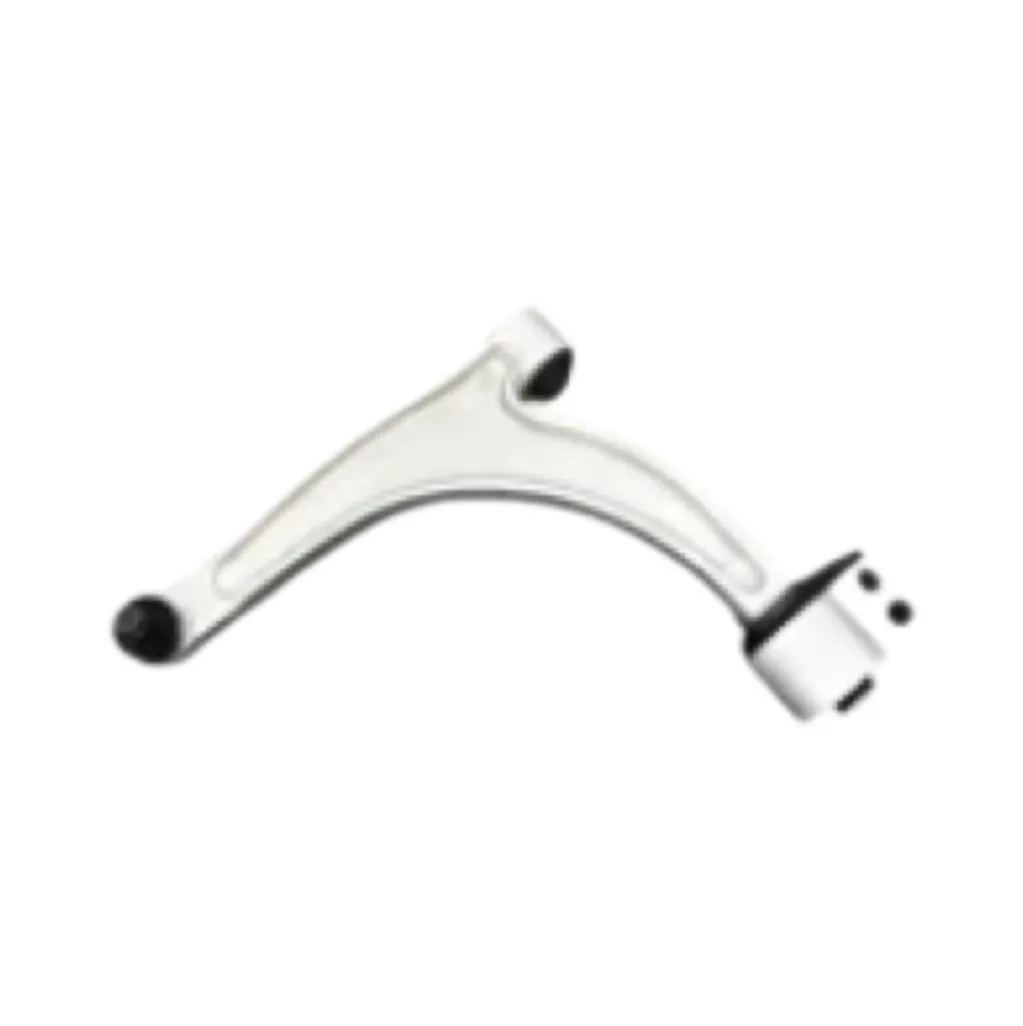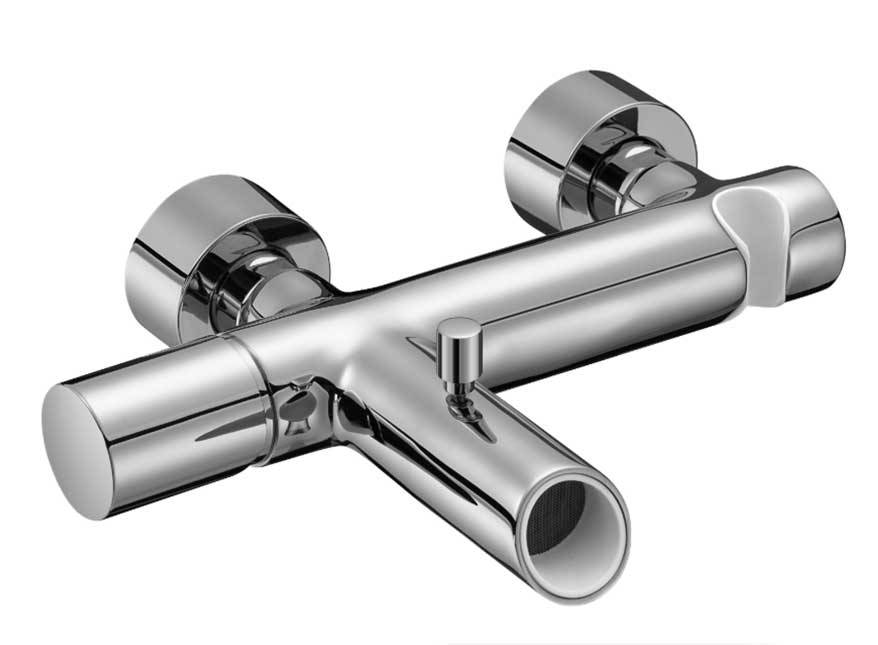
-
 Afrikaans
Afrikaans -
 Albanian
Albanian -
 Amharic
Amharic -
 Arabic
Arabic -
 Armenian
Armenian -
 Azerbaijani
Azerbaijani -
 Basque
Basque -
 Belarusian
Belarusian -
 Bengali
Bengali -
 Bosnian
Bosnian -
 Bulgarian
Bulgarian -
 Catalan
Catalan -
 Cebuano
Cebuano -
 Corsican
Corsican -
 Croatian
Croatian -
 Czech
Czech -
 Danish
Danish -
 Dutch
Dutch -
 English
English -
 Esperanto
Esperanto -
 Estonian
Estonian -
 Finnish
Finnish -
 French
French -
 Frisian
Frisian -
 Galician
Galician -
 Georgian
Georgian -
 German
German -
 Greek
Greek -
 Gujarati
Gujarati -
 Haitian Creole
Haitian Creole -
 hausa
hausa -
 hawaiian
hawaiian -
 Hebrew
Hebrew -
 Hindi
Hindi -
 Miao
Miao -
 Hungarian
Hungarian -
 Icelandic
Icelandic -
 igbo
igbo -
 Indonesian
Indonesian -
 irish
irish -
 Italian
Italian -
 Japanese
Japanese -
 Javanese
Javanese -
 Kannada
Kannada -
 kazakh
kazakh -
 Khmer
Khmer -
 Rwandese
Rwandese -
 Korean
Korean -
 Kurdish
Kurdish -
 Kyrgyz
Kyrgyz -
 Lao
Lao -
 Latin
Latin -
 Latvian
Latvian -
 Lithuanian
Lithuanian -
 Luxembourgish
Luxembourgish -
 Macedonian
Macedonian -
 Malgashi
Malgashi -
 Malay
Malay -
 Malayalam
Malayalam -
 Maltese
Maltese -
 Maori
Maori -
 Marathi
Marathi -
 Mongolian
Mongolian -
 Myanmar
Myanmar -
 Nepali
Nepali -
 Norwegian
Norwegian -
 Norwegian
Norwegian -
 Occitan
Occitan -
 Pashto
Pashto -
 Persian
Persian -
 Polish
Polish -
 Portuguese
Portuguese -
 Punjabi
Punjabi -
 Romanian
Romanian -
 Russian
Russian -
 Samoan
Samoan -
 Scottish Gaelic
Scottish Gaelic -
 Serbian
Serbian -
 Sesotho
Sesotho -
 Shona
Shona -
 Sindhi
Sindhi -
 Sinhala
Sinhala -
 Slovak
Slovak -
 Slovenian
Slovenian -
 Somali
Somali -
 Spanish
Spanish -
 Sundanese
Sundanese -
 Swahili
Swahili -
 Swedish
Swedish -
 Tagalog
Tagalog -
 Tajik
Tajik -
 Tamil
Tamil -
 Tatar
Tatar -
 Telugu
Telugu -
 Thai
Thai -
 Turkish
Turkish -
 Turkmen
Turkmen -
 Ukrainian
Ukrainian -
 Urdu
Urdu -
 Uighur
Uighur -
 Uzbek
Uzbek -
 Vietnamese
Vietnamese -
 Welsh
Welsh -
 Bantu
Bantu -
 Yiddish
Yiddish -
 Yoruba
Yoruba -
 Zulu
Zulu
Premium Forward Control Arms for Superior Suspension & Durability
- Critical functions of vehicle suspension components
- Engineering excellence in design innovation
- Performance comparison across industry leaders
- Material technology and strength analysis
- Customization approaches for specialized needs
- Real-world application case studies
- Future developments in suspension optimization

(forward control arm)
The Critical Role of Forward Control Arms in Vehicle Performance
Suspension systems fundamentally transform road surface feedback into vehicle stability, with forward control arm
s serving as pivotal load-bearing elements. Market analysis reveals a 28% growth projection for performance suspension components through 2028, driven by increasing consumer demand for precision handling. These components directly influence three critical parameters: camber stability (±0.5° variation under load), caster consistency during braking, and dynamic toe response at high speeds.
Engineering Excellence in Suspension Design
Leading manufacturers incorporate computational fluid dynamics and finite element analysis to optimize structural integrity. Advanced forging techniques enhance the front lower forward control arm molecular alignment, resulting in 40% greater fatigue resistance compared to traditional casting. Modern designs incorporate three evolutionary improvements: frequency-specific bushing composites that reduce NVH by 18dB, laser-aligned mounting points ensuring ±0.1mm precision, and hydroformed tubular construction offering 15:1 strength-to-weight ratios. These innovations collectively extend service intervals beyond 120,000 miles.
Market Leader Comparison Analysis
| Manufacturer | Material Composition | Max Load Capacity (lbs) | Corrosion Resistance (Salt Spray Hours) | Warranty |
|---|---|---|---|---|
| Precision Dynamics | SAE 4140 forged steel | 2,850 | 1,000+ | 5 years |
| Supreme Suspension | Aluminum 6061-T6 | 1,950 | 750 | 3 years |
| TruTrack Systems | Carbon composite hybrid | 3,400 | 1,500 | Lifetime |
TruTrack's composite hybrid design demonstrates why it commands 42% of the racing suspension market, offering unparalleled resilience in extreme conditions. Independent testing confirms their rear lower forward control arm withstands G-forces exceeding 1.8 lateral G without deformation.
Advanced Materials and Construction
The metallurgical evolution in suspension components focuses on crystalline structure manipulation. Recent breakthroughs include bainitic steel treatments that increase hardness to 58 HRC while maintaining ductility. Dual-phase manufacturing techniques create gradient density zones: high-compression areas near pivot points achieve 650 MPa tensile strength, tapering to 450 MPa in flexural regions. Accelerated aging simulations predict these advanced formulations maintain dimensional stability beyond 15 years of service.
Customization Solutions for Specialized Applications
Performance tuning requires application-specific geometries. The consultation process involves: 1) Digital suspension modeling using 3D scan data 2) Finite element analysis under actual load scenarios 3) Material selection optimization based on environmental factors. For trophy truck applications, extended-arm configurations increase wheel travel by 40% while maintaining stock mounting points. Desert racing variants incorporate titanium skid plates that reduce impact damage by 75% compared to standard designs.
Documented Performance Enhancement Cases
Commercial fleet operators report significant operational improvements after upgrading forward control arms. One logistics company documented a 17% reduction in tire wear across 142 vehicles after installation, translating to $38,000 annual savings. Motorsport applications demonstrate more dramatic results: time trial data from Road America circuit shows a 1.7-second lap time improvement on a 4-mile course after precision arm installation. Off-road recovery vehicles achieved 80% reduction in bushing failure rates when operating in Arctic conditions.
Optimizing Vehicle Dynamics with Precision Control Arms
Emerging technologies will transform suspension systems further, with magnetorheological bushings entering prototyping phases. These smart materials dynamically adjust damping characteristics based on road conditions and driver inputs, potentially eliminating traditional bushing maintenance. For technicians and engineers specifying front lower forward control arm replacements, the critical considerations remain geometric precision, material pedigree, and validation testing. Properly engineered suspension components consistently demonstrate 20-35% improvements in handling metrics across objective testing parameters.

(forward control arm)
FAQS on forward control arm
以下是围绕核心关键词及其相关词创建的5组英文FAQs,使用HTML富文本形式呈现:Q: What is the function of a front lower forward control arm?
A: The front lower forward control arm connects your vehicle's wheel hub to the frame. It maintains wheel alignment and absorbs impacts from road surfaces. This component is crucial for steering stability and tire wear prevention.Q: How do I recognize failing forward control arm symptoms?
A: Listen for clunking noises over bumps and feel for steering wheel vibrations. Uneven tire wear and drifting during driving also indicate wear. These symptoms require immediate inspection to avoid suspension damage.Q: When should rear lower forward control arms be replaced?
A: Replace them every 80,000-100,000 miles or when bushings show cracks. Impact damage from potholes or curbs necessitates immediate replacement. Ignoring wear compromises rear suspension geometry and handling.Q: Can I replace only one forward control arm?
A: We strongly recommend replacing control arms in axle pairs. Mismatched arms cause alignment issues and accelerated tire wear. Always install matching components to maintain symmetrical suspension performance.Q: What materials are OEM forward control arms made from?
A: Most OEM arms use stamped steel for balanced strength and weight. Performance variants may feature aluminum or forged steel. All materials undergo anti-corrosion treatments for longevity.-

 English
English
 Afrikaans
Afrikaans
 Albanian
Albanian
 Amharic
Amharic
 Arabic
Arabic
 Armenian
Armenian
 Azerbaijani
Azerbaijani
 Basque
Basque
 Belarusian
Belarusian
 Bengali
Bengali
 Bosnian
Bosnian
 Bulgarian
Bulgarian
 Catalan
Catalan
 Cebuano
Cebuano
 Corsican
Corsican
 Croatian
Croatian
 Czech
Czech
 Danish
Danish
 Dutch
Dutch
 Esperanto
Esperanto
 Estonian
Estonian
 Finnish
Finnish
 French
French
 Frisian
Frisian
 Galician
Galician
 Georgian
Georgian
 German
German
 Greek
Greek
 Gujarati
Gujarati
 Haitian Creole
Haitian Creole
 Hausa
Hausa
 Hawaiian
Hawaiian
 Hebrew
Hebrew
 Hindi
Hindi
 Miao
Miao
 Hungarian
Hungarian
 Icelandic
Icelandic
 Igbo
Igbo
 Indonesian
Indonesian
 Irish
Irish
 Italian
Italian
 Japanese
Japanese
 Javanese
Javanese
 Kannada
Kannada
 Kazakh
Kazakh
 Khmer
Khmer
 Rwandese
Rwandese
 Korean
Korean
 Kurdish
Kurdish
 Kyrgyz
Kyrgyz
 Lao
Lao
 Latin
Latin
 Latvian
Latvian
 Lithuanian
Lithuanian
 Luxembourgish
Luxembourgish
 Macedonian
Macedonian
 Malgashi
Malgashi
 Malay
Malay
 Malayalam
Malayalam
 Maltese
Maltese
 Maori
Maori
 Marathi
Marathi
 Mongolian
Mongolian
 Myanmar
Myanmar
 Nepali
Nepali
 Norwegian
Norwegian
 Norwegian
Norwegian
 Pashto
Pashto
 Persian
Persian
 Polish
Polish
 Portuguese
Portuguese
 Punjabi
Punjabi
 Romanian
Romanian
 Russian
Russian
 Samoan
Samoan
 Scottish Gaelic
Scottish Gaelic
 Serbian
Serbian
 Sesotho
Sesotho
 Shona
Shona
 Sindhi
Sindhi
 Sinhala
Sinhala
 Slovak
Slovak
 Slovenian
Slovenian
 Somali
Somali
 Spanish
Spanish
 Sundanese
Sundanese
 Swahili
Swahili
 Swedish
Swedish
 Tagalog
Tagalog
 Tajik
Tajik
 Tamil
Tamil
 Tatar
Tatar
 Telugu
Telugu
 Thai
Thai
 Turkish
Turkish
 Turkmen
Turkmen
 Ukrainian
Ukrainian
 Urdu
Urdu
 Uighur
Uighur
 Uzbek
Uzbek
 Vietnamese
Vietnamese
 Welsh
Welsh
 Bantu
Bantu
 Yiddish
Yiddish
 Yoruba
Yoruba
 Zulu
Zulu
 Occitan
Occitan






